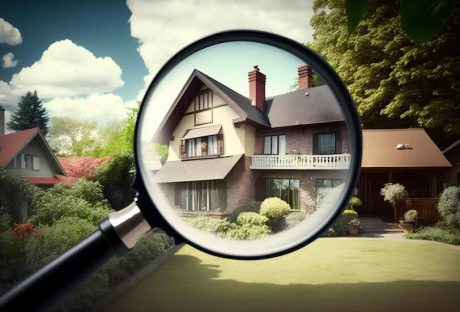You can’t afford to pay for a house unless you have saved enough money over the years to directly fund the cost of the property. You need a mortgage to help you pay the amount you need for the property.
You have different options for lending firms. Not all of them might be good for you though. Some of them have high-interest rates while others have repayment schemes that are not entirely suitable for you. There are ways to find the best lending firm.
Check your credit rating
Several loan applications end up in rejection because of their low credit score. You need to check your rating first before you decide which lending firm to apply to. Even if you try your best to apply to some firms, you could still fail if your credit rating is terrible. You can either wait until your score increases or settle for firms that accept your current credit rating.
Research the options
You need to check the lending firms available in your area, or online. Find out what other people are saying about these choices. You also need to calculate the cost if you take a loan from them. You can make a sound decision if you have enough data about the pros and cons of each choice.
List the pre-approval requirements
You can send your documents initially for checking. At this point, you will know if you can proceed with the transaction, or you need to submit more documents. It helps to easily get a mortgage preapproval if you already have complete documents at this stage to ensure that your next transaction will run smoothly. There are different requirements for every lending firm, so you need to know them all.
Compare the terms and conditions
Don’t choose a lending firm just because you feel like the interest rate is low. You also need to dig deeper and look at the terms and conditions. You might find it difficult to repay the loan if their terms are not fair enough.
Visit the firms on your shortlist
You can start comparing the choices online; after listing the options that you think are interesting, visit those firms. You can set up an appointment to confirm the information found online. You can also ask for further details that you did not see on their website or clarify any other information you find vague.
Find a mortgage broker
Instead of going directly to mortgage lenders, you can ask for help from mortgage brokers instead. They knew a lot about mortgages and have helped a lot of people over the years. They will make sure that you get the right lending firm or bank that will make it easy for you to get the loan. They have years of experience in doing this job, so they know every mortgage detail. They will present you with the information and allow you to decide in the end. You would rather have them by your side than dealing directly with the banks.
Read Also:






















